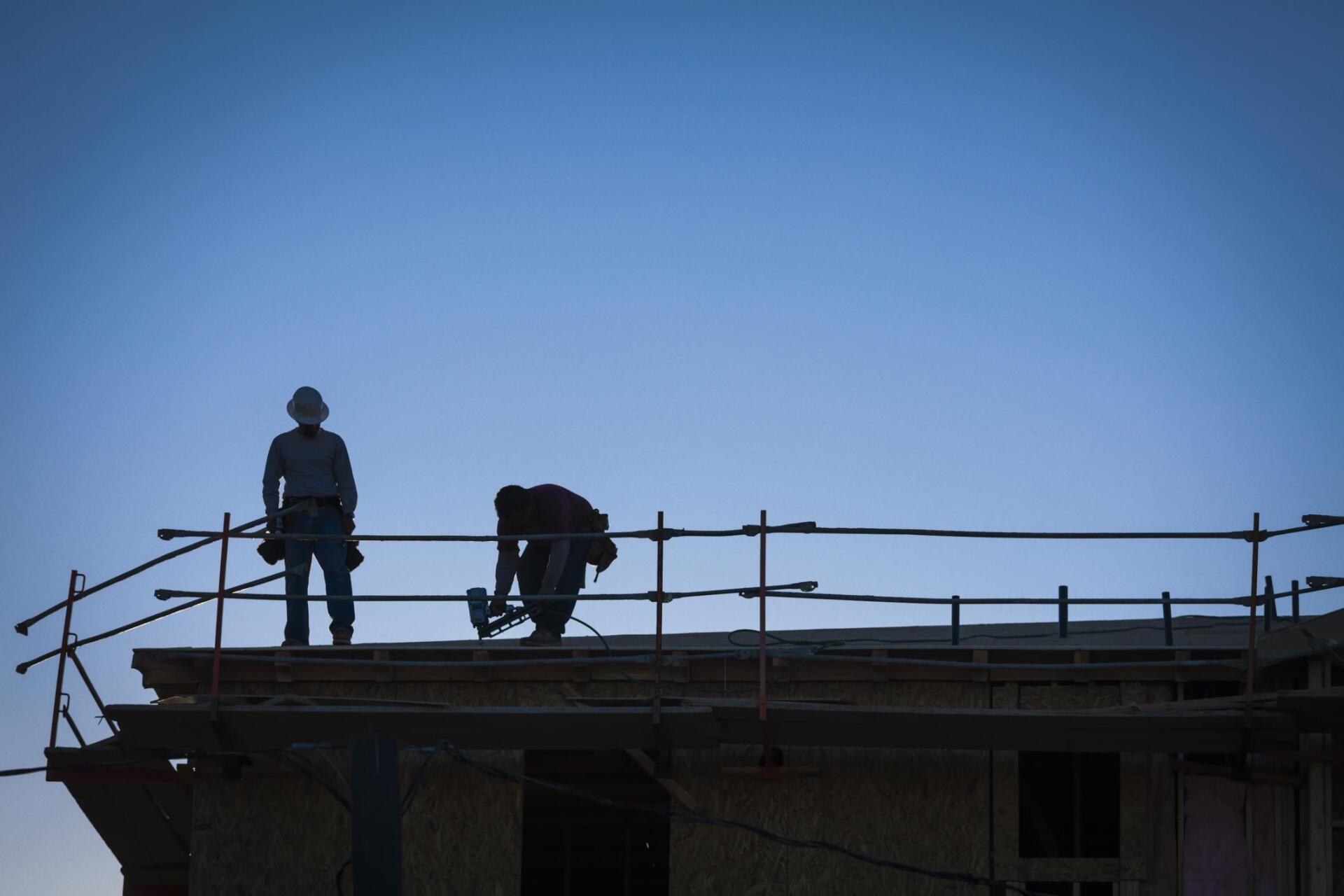Flat Roof

Flat roofs are the opposite of sloping roofs since they are almost level. The flat roof is a common feature on many contemporary commercial structures across the globe. Roof sheets with a higher profile are often used. As a result, the ceiling sheet has an extremely high-water carrying capacity and may be as long as 60 meters in certain situations. Depending on the length of the sheets, this sort of roof may have a pitch of up to 3 degrees. Flat roofs are becoming more popular for both residential and commercial buildings, and now property owners have the option of choosing from three different types of roofing materials/styles.
Built-Up Flat Roof
Three or more layers of waterproof material are sandwiched between hot tar and river stone in the conventional hot-tar-and-gravel roof., better known as built-up or BUR flat roof. These roofing solutions, which used to be constructed of tar paper, are now built with more modern materials like fiberglass membranes. The gravel that is used in built-up flat roofs is an excellent fire retardant, which is one of the many benefits of using these roofs. In addition, it is the most cost-effective option out of the different kinds that are offered and making it a good choice for windows and decks that face out onto the roof.
Flat Roofing Using Modified Bitumen
A modified bitumen flat roof in short is a rolled roof with a single layer that is similar to a glacial shield but has a mineral-based wear surface incorporated into it. Heating the adhesive during the torch-down process, in which the material is unrolled, is performed with specialized equipment and expert care. There are newer, safer, and more convenient peel-and-stick methods that are possible to ensure a more rapid application. Among the advantages are the following: Easy to apply, the light-colored mineral surface of the peel-and-stick material reduces energy costs by reflecting heat, and Its pricing falls somewhere in the center of the range of comparable roofing products.
Rubber Membrane Flat Roof
To be clear, EPDM, ethylene propylene diene monomer, is a genuine rubber flat roofing solution. Although the long-lasting single-ply membrane material has the appearance of an inner tube, it is constructed to withstand the damaging effects of exposure to sunlight. The EPDM material could be mechanically anchored with the use of screws, stone can be utilized as ballast, and it could be bonded with glue. The fact that rubber membrane flat roofs are very lightweight while yet exhibiting a high level of abrasion and tear resistance is one of the material's primary selling points. When it comes to water leaks, this is the flat roof solution that is the quickest and easiest to repair.
Customers Choice Matter
The most common question we get from potential customers is, "Which roofing materials are ideal for residential use?" Ultimately, there is no one approach that works for all customers. There are advantages and disadvantages to each style. Look over some of our alternatives and then give us a call if you'd like us to review anything for you. Get in contact with
our team of specialists now to get started on a thorough but cost-effective roofing repair, installation, or replacement plan that is tailored to your specific requirements.